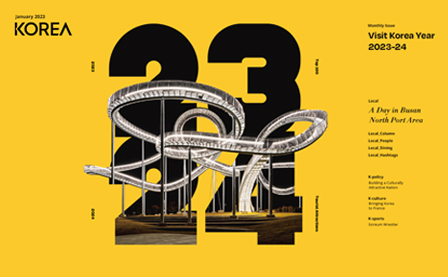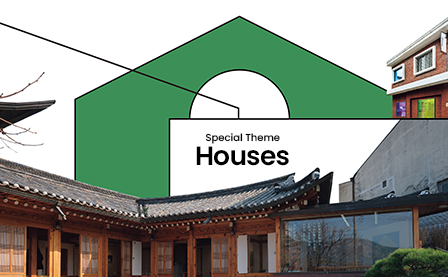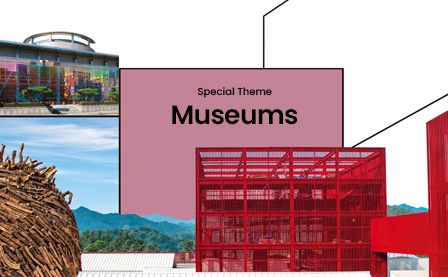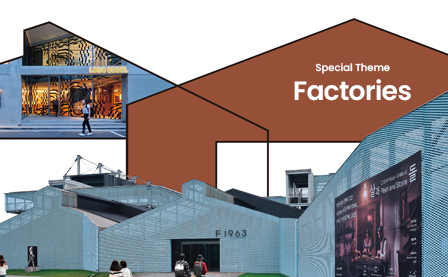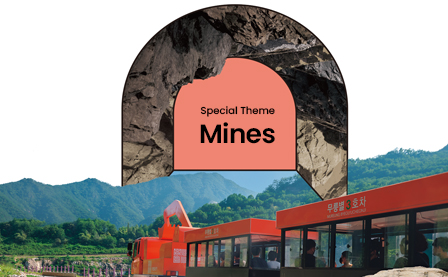January 2023

Local
Written by
Yu Pureum
Photographed by
Studio KENN
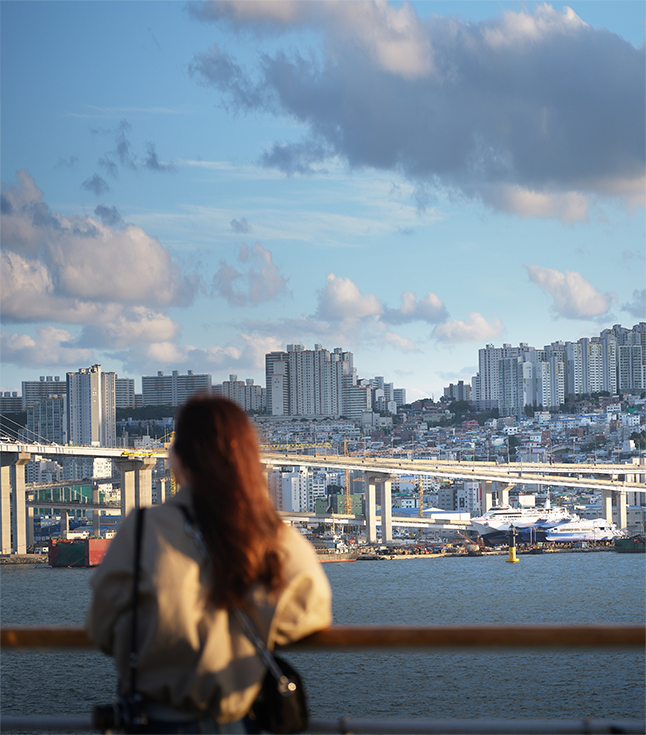

A Day in
Busan
Busan is a city that boasts a variety of attractions, making it worthy of the nickname “international tourist city.” It is home to famous places like Haeundae and Gwangalli Beach. Busan’s North Port and the old city center formed around the port (now known as the Busan North Port Area) are relatively less well-known than some of the city’s other tourist spots, but are nonetheless treasure troves in which a rich history and bright future coexist.
North Port
Area

Jagalchi Market vendors prepare fish early in the morning while cafe staff busily welcome customers. This is how the day begins.

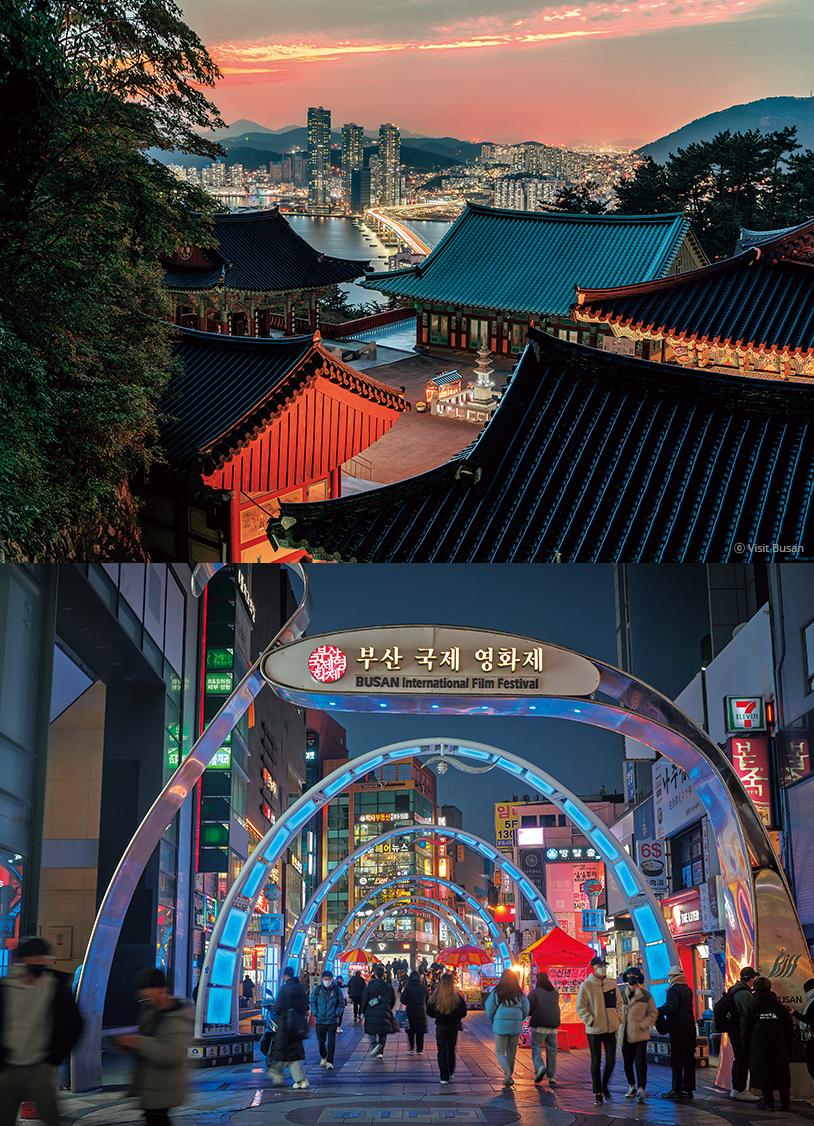
The Busan North Port Area is full of attractions, so it may take a whole day to look around.
Tourists need to be diligent.
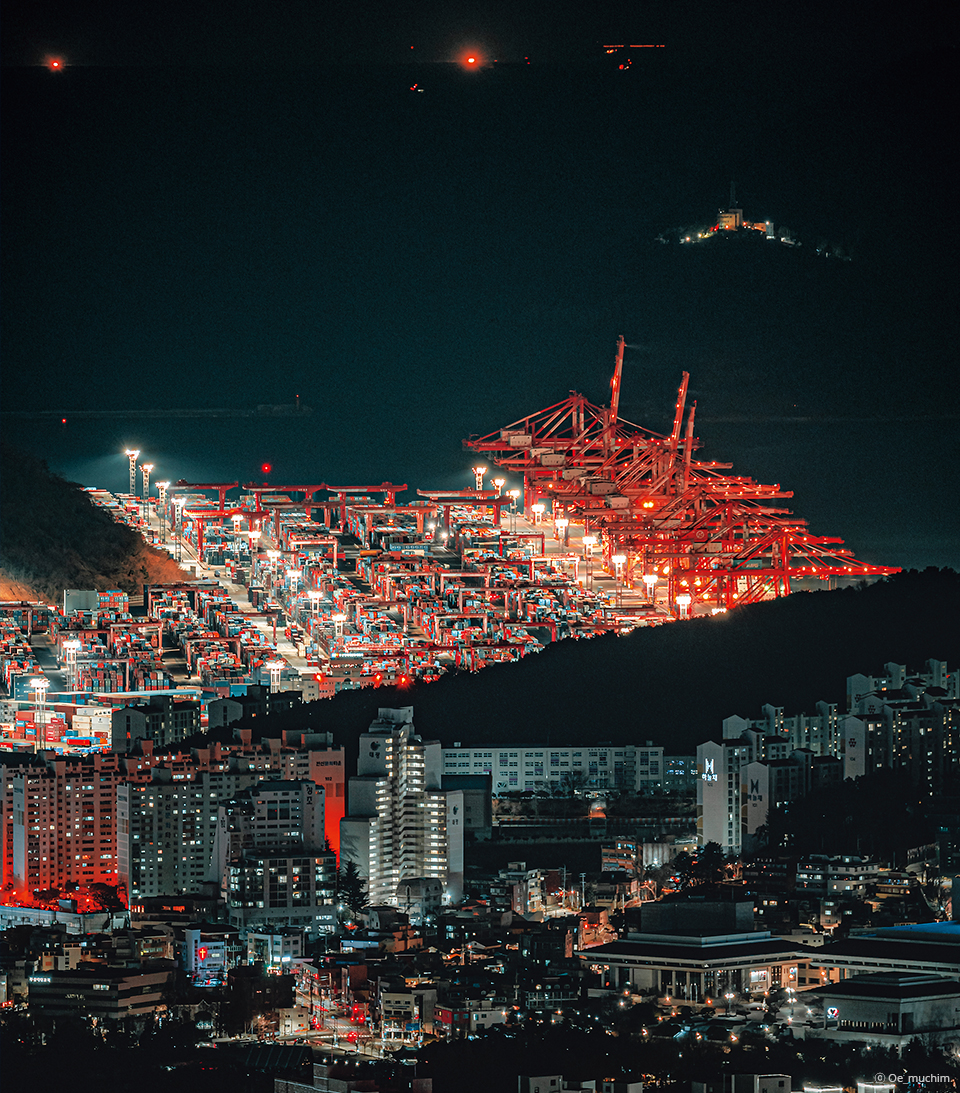
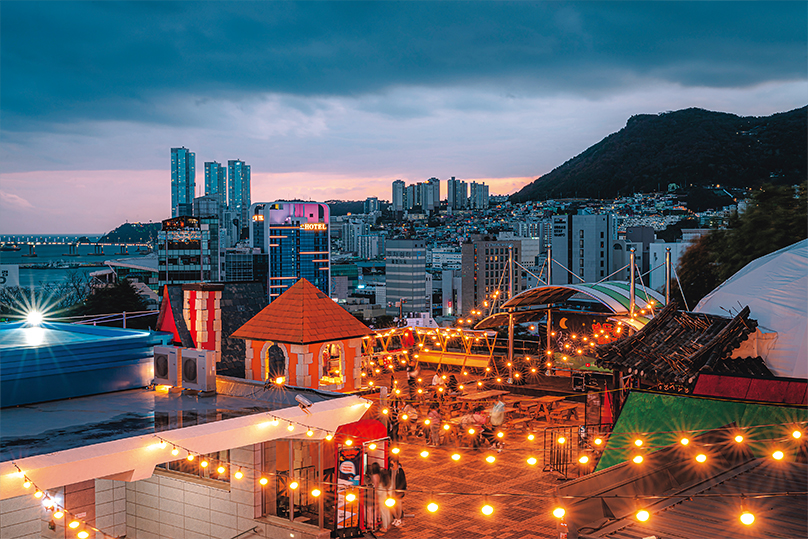
Local
Column
Dive Into the Hidden
Treasure of Busan
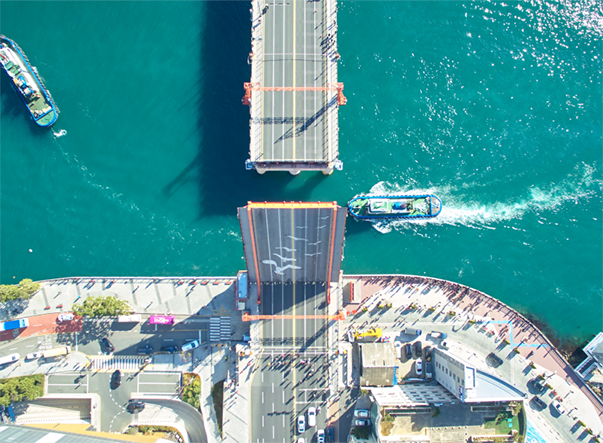
Busan is a city that boasts a variety of attractions, making it worthy of the nickname “international tourist city.” It is home to famous places like Haeundae and Gwangalli Beach. Busan’s North Port and the old city center formed around the port (now known as the Busan North Port Area) are relatively less well-known than some of the city’s other tourist spots, but are nonetheless treasure troves in which a rich history and bright future coexist.
The Busan North Port Area has a rather insignificant influence on tourists today compared to what it had on Busan back in the day. But, this area is a place where you can experience the life and history of Busan up close.
The Living Sea
This is especially true for Jagalchi Market in the early morning. Jagalchi Market is Busan’s representative seafood market and, as such, is always crowded with tourists. It is the place to visit early in the morning for those who wish to see the energetic scene of everyday life unfold. Merchants are busy carrying and cleaning seafood, and the sounds of boat horns and the cries of seagulls can be heard from the sea. Shops are lined not only the inside of Jagalchi Market, but also along the roads, which makes it possible to see all kinds of freshly-caught seafood.
There is an event that takes place on Saturday at Jagalchi Market that people will not want to miss. It is the raising of Yeongdodaegyo Bridge that only happens once a week at 2:00 on Saturday. Yeongdodaegyo Bridge is about a ten minute walk from Jagalchi Market, which means visitors can stop at the market first to fill their bellies with fresh seafood before walking to the bridge.
Alleyways with Stories
The old city center of Busan, located a bit further away from the port, is not a tourist-friendly neighborhood. The area is full of narrow alleyways that are tangled like a maze and slopes that are steep enough to make one sweat even in winter. There is a hidden story behind this scene. A large number of refugees flowed into Busan through the North Port during the Korean War. Those who had nowhere to go found shelter among the hills near the North Port, and a neighborhood was formed on the high ground.
The best example of this is the 168 Stairs. It has been said that the sky-high staircase was the fastest way to connect the neighborhood to Busan Port. You can see the neighborhood unfold before your eyes as you climb the high stairs. The neighborhood has a rare addition as it was built on such high ground: an observatory. Fortunately, there’s no need to actually climb the stairs if you want to visit. This is because a monorail was opened in 2016. When you see people walking up and down the stairs beside the slow-moving monorail without any difficulty, you’ll remember that this is a place that people call home.
A Variety of Options
The charm of the Busan North Port Area is its collection of representative tourist destinations. Nampo-dong is home to famous tourist attractions that are all located within walking distance: Jagalchi Market, Gukje Market, Bupyeong Kkangtong Market, Bosu-dong Book Street and BIFF Square. The most important things one must consider when visiting are choice and diligence. Gukje Market alone is so large that it has been called “the market where nothing is missing.” It takes half a day to look around the entire market.
Many tourists end their tour of the old city center of Busan with Nampo-dong, but those who venture a little further can visit the Provisional Capital Memorial Hall and the Provisional Government Building. Busan functioned as a temporary capital for the country for 1,230 days during the Korean War. Major institutions such as the presidential residence and government offices were located in the old city center of Busan.
Today, these institutions have become a valuable cultural heritage awaiting inscription on the UNESCO World Heritage Center’s Tentative List. The former presidential residence was renovated and reborn as the Provisional Capital Memorial Hall. It is now a place where people can see what life was like for refugees during the Korean War.
The Ever-Glowing Port
Busan North Port, Korea’s number one international trade port that became the driving force behind the country’s economic growth, is still quietly fulfilling that role today. The North Port is just as busy at night as it is during the day. Dozens of brightly lit port shine in stark contrast to the dark city center as ships glow as they leisurely swim along the sea. The scenery of the North Port is so beautiful that it is considered a prime night viewing spot among Busanites.
The future of Busan North Port is as bright as its glowing night. This area is planned to become a port where culture and art coexist with the rich history. As part of the plan, some areas of Busan North Port were already turned into waterfront parks in May 2022 and returned to the people. An opera house and a tourist zone are about to be built. Also, the Busan North Port is a candidate to host of the 2030 EXPO. Like its slogan, “navigating towards a better future,” this place keeps sailing toward an even brighter future.


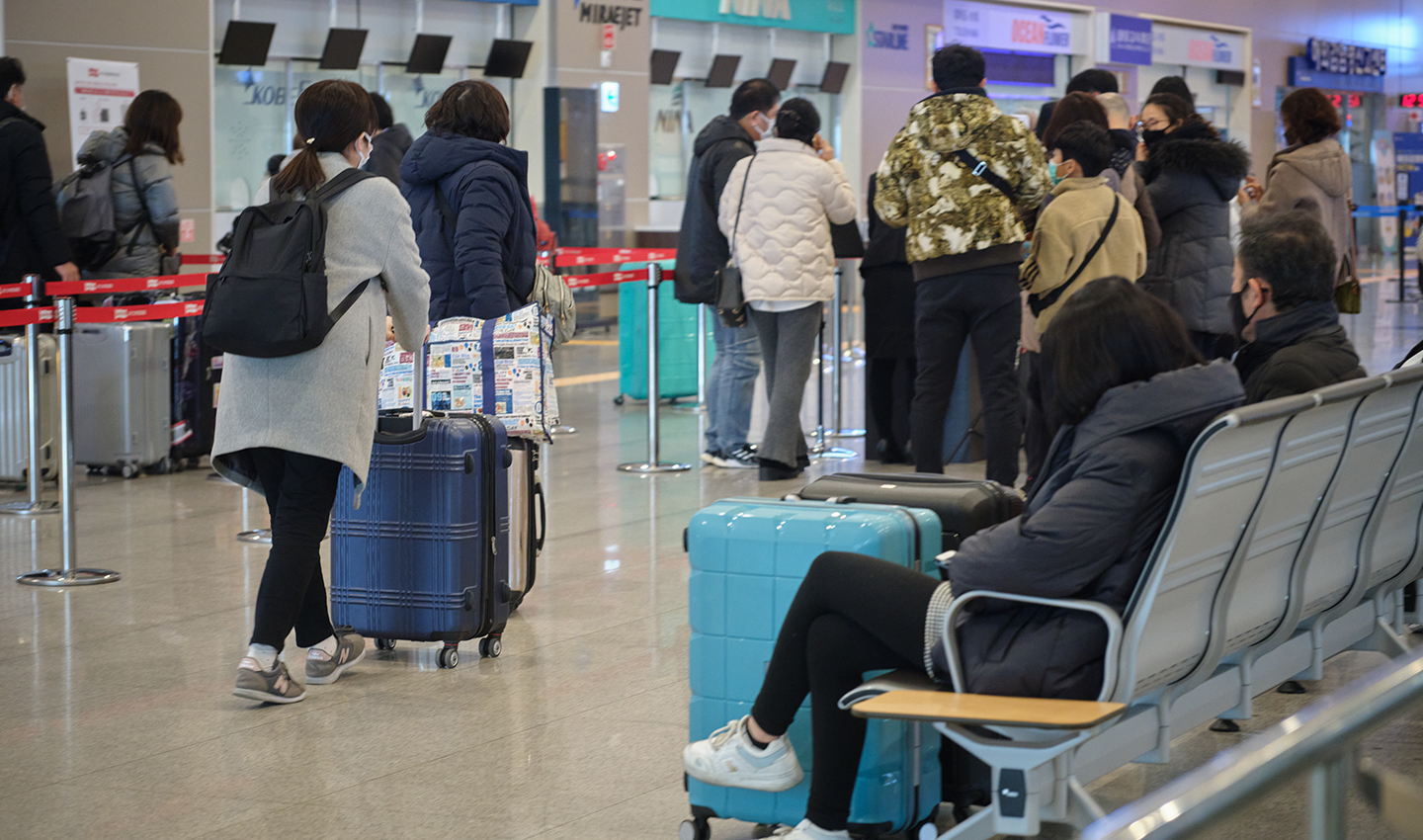

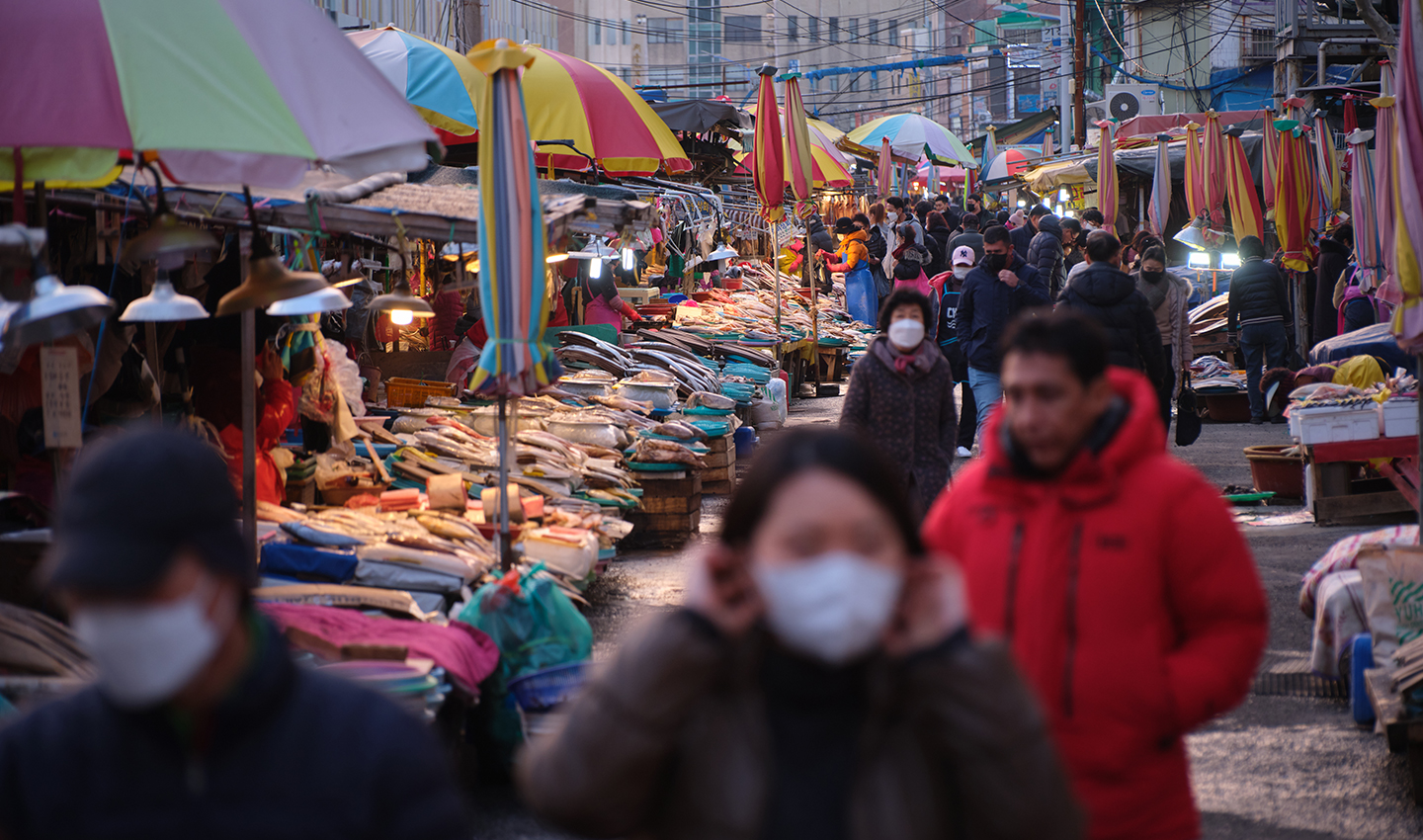




 View of all
View of all